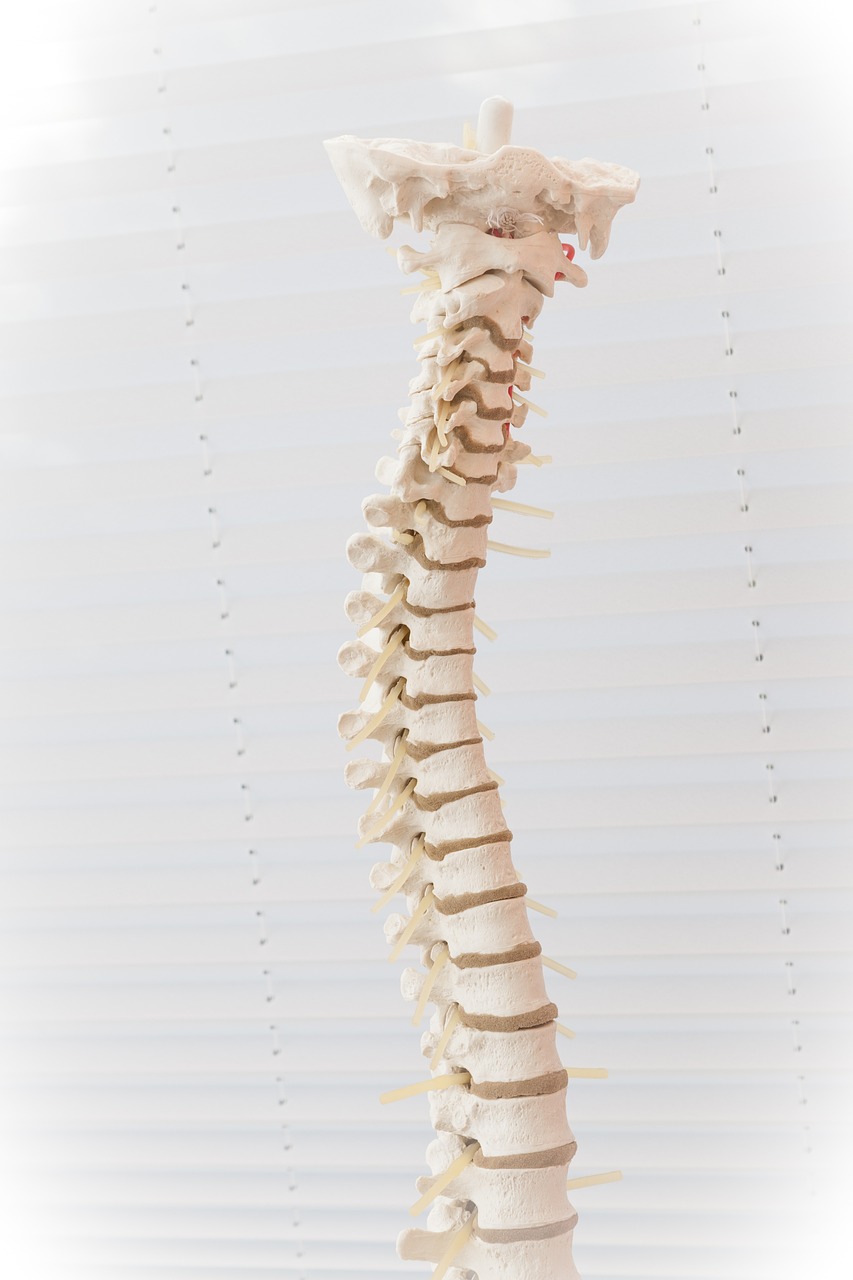Balancing Act: Managing Osteoporosis for Strong Bones
Contents
Read DISCLAIMER
Explore the world of osteoporosis management in “Balancing Act: Managing Osteoporosis for Strong Bones.” From diagnosis to preventive measures, learn how to build and maintain resilient bones.
Introduction
Osteoporosis, a condition characterized by weakened and brittle bones, poses a significant health concern for both men and women, particularly as they age. With an estimated 10% of women and 5% of men over 50 affected, the importance of effective management cannot be overstated. This comprehensive article explores the nuances of osteoporosis management, offering insights into understanding the condition, diagnosis, treatment options, and preventive measures.
Understanding Osteoporosis
Osteoporosis, a condition marked by diminished bone mass and density, results in bones that are highly susceptible to fractures, even from minor incidents. While it is often associated with aging, it can affect individuals across age groups. A range of factors including age, sex, family history, certain medical conditions, medications, and lifestyle choices contribute to its development.
Diagnosis and Treatment

Diagnosing osteoporosis commonly involves bone density tests, which assess bone mineral density (BMD) in critical areas like the hip and spine. Effective treatment involves a multifaceted approach, combining lifestyle changes and medication.
Lifestyle Changes for Strong Bones
1. Nutrition: Adequate calcium and vitamin D intake are essential for bone health. Embrace calcium-rich sources like dairy products and leafy greens, and ensure sufficient vitamin D through sunlight exposure and dietary choices.
2. Exercise: Regular weight-bearing exercises, such as brisk walking and strength training, contribute to building and maintaining bone density.
3. Healthy Habits: Abandoning smoking and limiting alcohol intake are pivotal for preserving bone health and preventing further damage.
Medication Options
An array of medications exists to address osteoporosis, aimed at slowing bone loss or stimulating bone formation. Deciding whether medication is suitable for an individual is a collaborative effort between the patient and their healthcare provider.
Prevention: A Lifelong Approach
Preventing osteoporosis is a lifelong endeavor that begins with embracing a bone-friendly lifestyle early on. Prioritizing bone health includes:
1. Nutrition: Maintain sufficient calcium and vitamin D intake through diet or supplementation.
2. Exercise: Engage in regular weight-bearing activities to strengthen bones and enhance bone density.
3. Lifestyle Choices: Quit smoking, moderate alcohol consumption, and maintain a healthy weight.
4. Holistic Health: Manage overall health conditions that may contribute to osteoporosis risk.
Frequently Asked Questions (FAQs)
Can osteoporosis affect younger individuals?
Yes, although more prevalent in older adults, osteoporosis can also impact younger individuals.
Is osteoporosis painful?
Osteoporosis itself may not cause pain, but fractures stemming from it can be highly painful.
Can lifestyle changes alone manage osteoporosis?
Lifestyle changes play a significant role, but in some cases, medication may be necessary for comprehensive management.
Is osteoporosis preventable?
While it cannot always be entirely prevented, proactive measures significantly reduce the risk of developing the condition.read more posts
Conclusion
“Balancing Act: Managing Osteoporosis for Strong Bones” underscores the urgency of proactive osteoporosis management. By understanding risk factors, adopting a bone-healthy lifestyle, exploring medical options, and seeking expert guidance, individuals can significantly reduce the impact of osteoporosis on their lives. Remember, prioritizing bone health is an investment in a stronger, more resilient future.

You have observed very interesting details! ps decent site.?